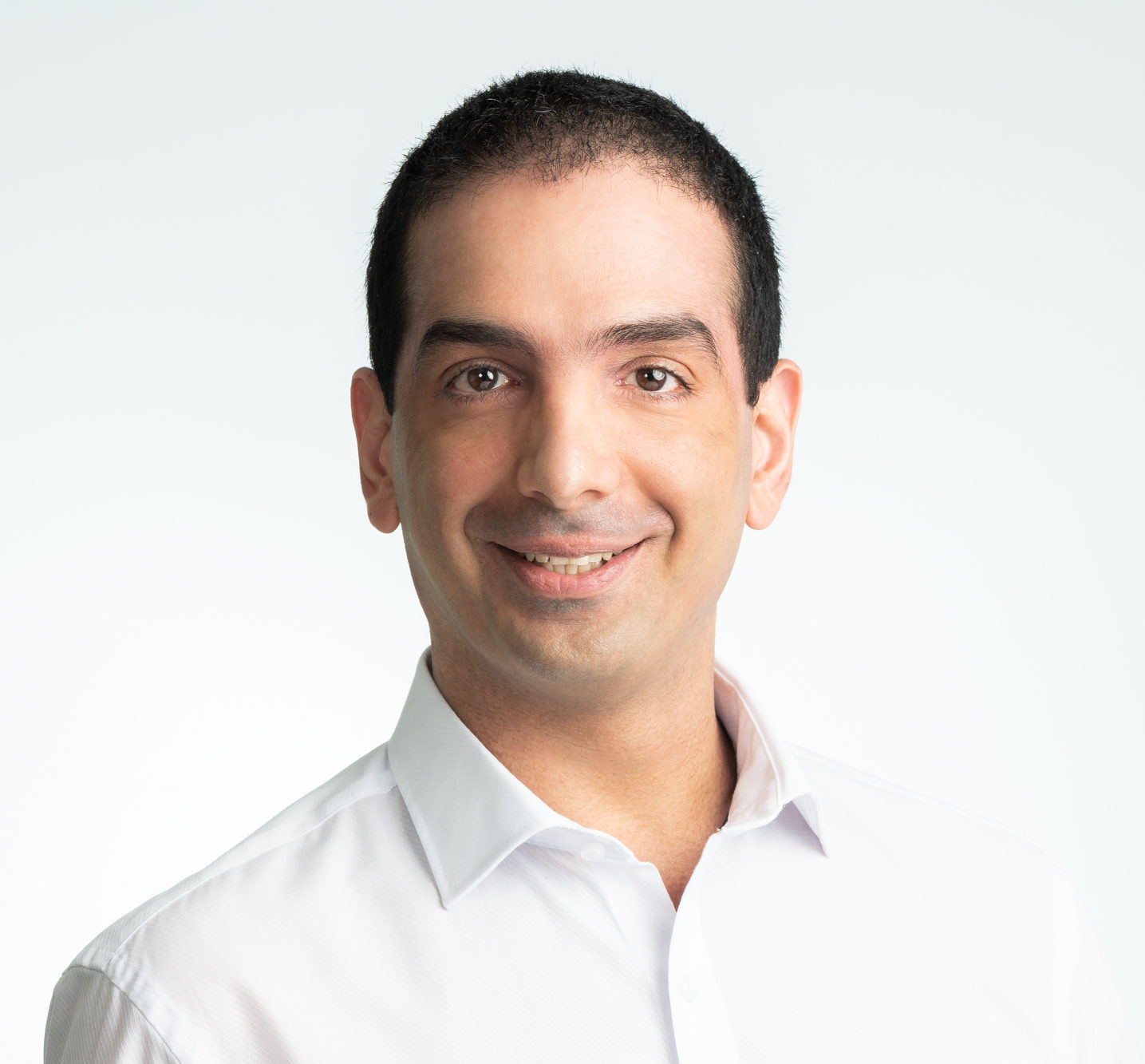La Revue agridées interviews Dr Peyman Moghadam about our AgTech work

Dr Peyman Moghadam
While attending the International Forum of Agricultural Robotics (FIRA 2019), our AgTech Cluster and Deep Learning Leader Dr Peyman Moghadam, was interviewed by Marie-Cécile Damave from the French magazine La Revue agridées, about our work in the Agriculture sector.
Below is the English translation of the interview run in the printed version of the magazine (original in French).
La Revue agridées: Can you tell us what CSIRO is and how AgTech and the robotics in particular work across the organisation?
Peyman Moghadam: CSIRO is Australia’s national science agency and one of the largest and most diverse scientific research organisations in the world. At CSIRO, we have been solving the greatest challenges using innovative science and technology for over 100 years. Today we have around 5000 talented people working out of 50-plus centres in Australia and internationally. Our people work closely with industry and communities to leave a lasting legacy.
I am leading the AgTech Cluster for Robotics and Autonomous Systems at CSIRO’s Data61. We develop autonomous and intelligent technologies for a broad range of agriculture applications.
We took a different view of the whole robotics and artificial intelligence for agriculture. One of the first things we have noticed was the overwhelming number of drones, robots and new technologies being presented to farmers without any practical plans for endurance, robustness and scalability.
We asked ourselves: rather than building another robot, could we come up with a way to take existing, everyday farm vehicles, that had already been on the farm for many years, and make them smarter and autonomous?
Our group has developed intelligent technologies to be retrofitted to farm vehicles to make it fully autonomous for operations in heavily canopied orchards where existing auto steering technologies often fail due to the lack of reliable GPS signal. It also provides spatial intelligence such as obstacles detection, avoidance and terrain and crop understanding.
La Revue agridées: Your team develops digital twins cultures, more particularly vines, which allow the 3D modelling of fungal diseases in humid climates conditions for example. Could you explain how your research team is working with the winegrowers on this project and the benefits could they derive from it?
P. M.: Monitoring of orchards or vineyards is not a new concept but the digital-twin is a continuously learning system that could be queried automatically, link to a model to analyse specific outcomes under varying simulated-environmental and orchard management parameters.
A digital twin is a 4D virtual model of every tree and surroundings recorded multiple times per season. The pairing of the virtual and physical worlds allows analysis of data and continuous monitoring of Perennial horticulture production systems to predict stress, disease and crop losses, develop new opportunities for end-to-end artificial intelligence and management.
We have developed AgScan3D+: an automated dynamic canopy monitoring system to generate a digital-twin of every tree on a large orchard or vineyard scale. AgScan3D+ consists of a spinning 3D LiDAR, IMU plus cameras that can be retrofitted to a farm vehicle and provides real time on-farm decision support by monitoring the condition of every plant in 3D such as their health, structure, or stress, fruit quality, and more.
The proposed system has been deployed in the past 2 years in mango, macadamia, avocado and grapevines orchards covered more than 300 km of orchard and vineyards rows.
Wine Australia, CSIRO Agriculture & Food Business Unit, and CSIRO’s Data61 Robotics and Autonomous System Group are currently working in partnership to develop systems to assist growers in optimising the use of resources, including labour. This project is supported by funding from the Australian Government Department of Agriculture as part of the Rural R&D for profit programme.
La Revue agridées: CSIRO is often working in partnership with industry and universities. How do private companies and SMEs in particular, engage with CSIRO to test their innovations? Could you give us some examples?
P. M.: We are ready to help SMEs solve biggest challenges, starting with a pre-feasibility, progressing to prototype system development, testing & validation, and tech transfer. We love to take on challenging unsolved problems, whose solution will have a strong positive social, environmental and economic impact.
Recently, CSIRO’s Data61 announced the opening of its new Robotics Innovation Centre in Queensland, Australia, a purpose-built research facility for field robotics and autonomous systems. Robotics Innovation Centre’s infrastructure is open for industry use and collaborative projects. This includes dedicated mechanical and electronics engineering laboratories, several high-end rapid prototyping machines, large sheds for indoors systems testing, an open-air UAV flying area and outdoor testing areas including a forest and creek.
We aim for the Robotics Innovation Centre to be recognised as a valuable national asset, allowing national and internationally recognised robotics and machine-learning researchers to combine their expertise with ours and expand the much-needed collaboration between industry, government and academia.
Interview by Marie-Cécile Damave, La Revue agridées, Ed. 240, March 2020.
We are open to partnerships and collaborations for research, development, and commercialisation.
For more information contact us.
[jetpack_subscription_form title=”Subscribe to our News via Email” subscribe_text=”Enter your email address to subscribe and receive notifications of new posts by email.”]
